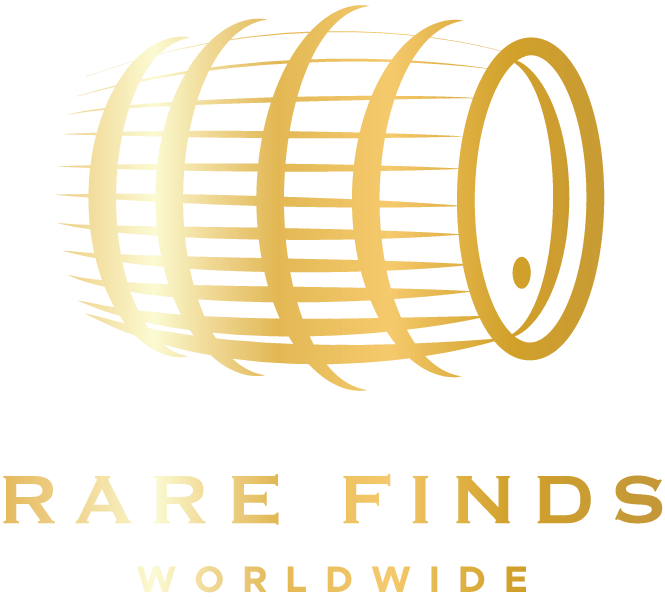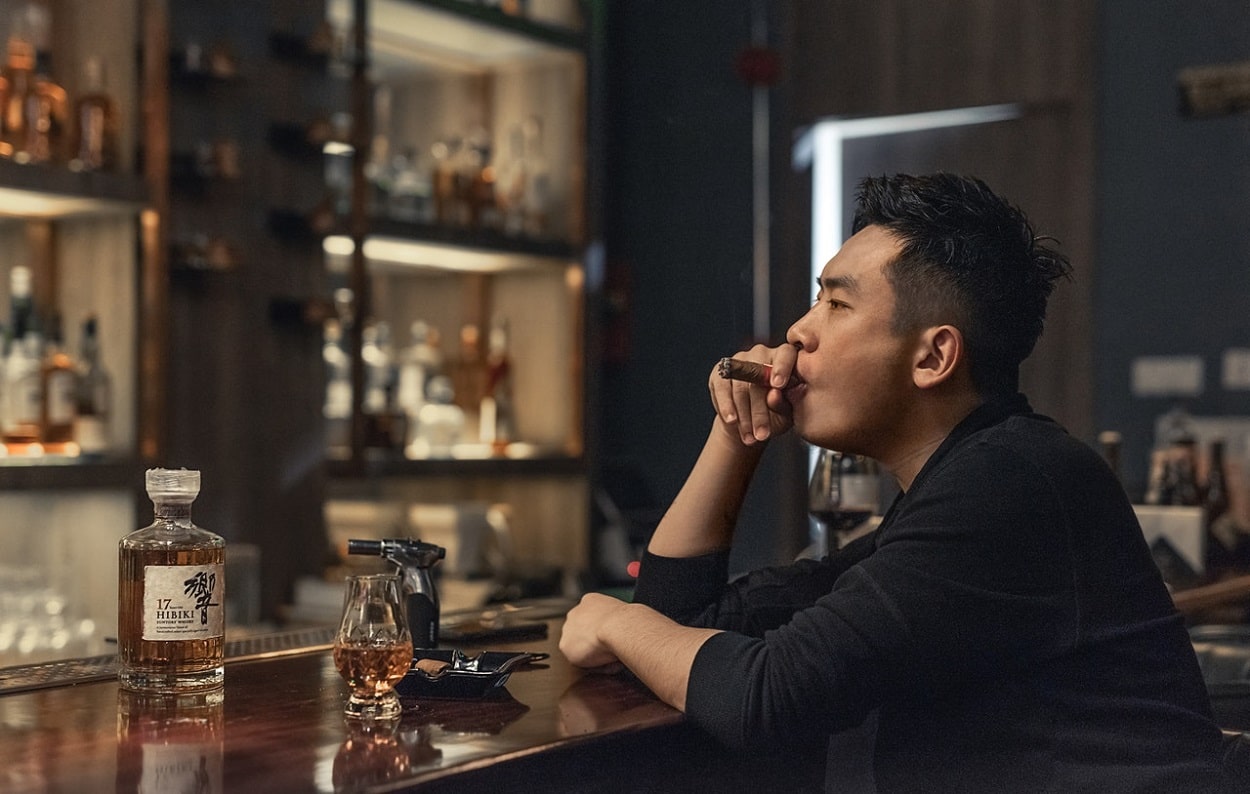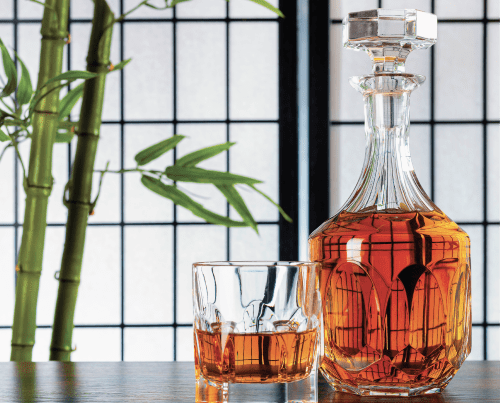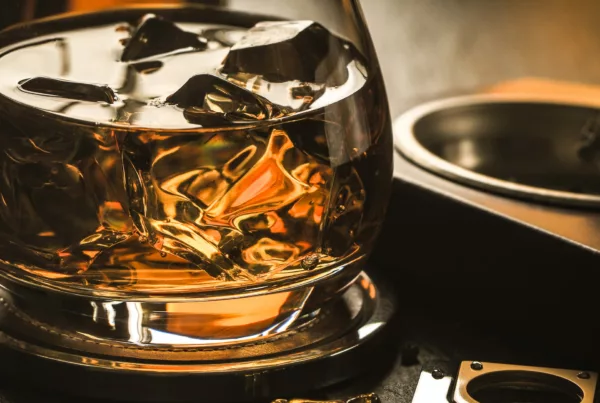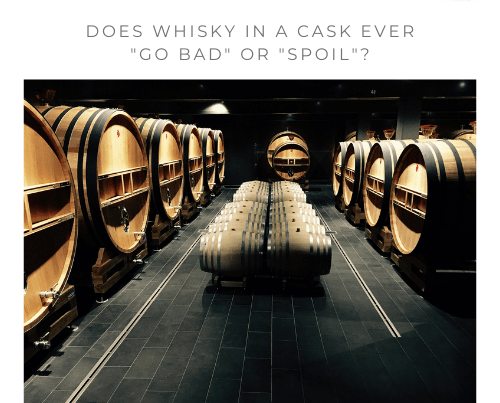When it comes to collectibles and alternative investments, there is a longstanding belief that “older is better” – and whiskies are no exception. Older whiskies tend to be more expensive, due to the law of supply and demand. Over time, older items go out of circulation and there become fewer bottles intact and available in the market. This reduction in supply coupled with growing demand drives up the price. But this begs the question – is there actually a fundamental difference in whiskies we see nowadays versus the whiskies that were available decades ago?
What does “older” mean?
The term “older whiskies” can have two meanings and they are often easily confused. When whisky is labeled as old, this can refer to the “age” or the “vintage” – sometimes both. The age means how long the whisky has been matured in an oak cask before being bottled, while the vintage means what period of time or which year the spirit was distilled and filled into the oak cask.
If a whisky has a big number on the age statement, this means it was distilled a long time ago and the vintage is also old. However, an old vintage whisky could bear a very small age statement, which means that the bottle was bottled and released a long time ago before finding its way into your hands.
How are aged whiskies better?
With whiskies becoming increasingly popular, many distilleries have been struggling to keep up with the demand for old whiskies. As a result, some distilleries are releasing young whiskies that do not bear an age statement and are spreading the fact that older doesn’t mean better in the mass consumption market. However, they continue to set ridiculously high prices for their premium aged whiskies in the high-end market, and we can reasonably expect no distillery in their right mind would ever price their old whiskies lower than their young whiskies.
It is true that when it comes to taste, everything is widely subjective. Some people might enjoy a vibrant and young spirit, whereas other may enjoy the elegance of an old whisky. At the same time, it is undeniable that the longer a whisky interacts with the wood, the deeper the flavours become. Moreover, the harshness from alcohol also tends to dissipate over time, making it a more pleasurable drink for most people. On top of that, since the majority of single malts are consumed at 10 to 18 years old, only a minority of premium stock is left behind for further nurturing and aging. Asa result, these casks that make it to the top cut of the <1% of whiskies in the world reserved for long term aging are often perceived as premium.
How are old vintages better?
Old vintages, on the other hand, are a completely different story to old age. There are no fundamental reasons other than taste, to say that old vintages are generally better. However, they are definitely different. This is due to the fact that the way of whisky making has changed throughout history. Although traditional school of thoughts have suggested that the majority of the flavours in whiskies comes from the aging process, it is nonetheless distilled by humans with materials chosen by distillers of a different era. Despite the continuous fight for product consistency, with changes in management, methodology, and raw material supplies, distilleries often produce a slightly different style of whisky in different times, making old whiskies taste very different to their modern counterparts. Whether old vintages are actually “better” is highly subjective, but they are definitely more valuable due to their historical value. People are often willing to pay more to taste a piece of history.
Investment implications
With old stocks being more desirable, investors should be aware of different strategies when considering buying a cask. Old casks can be more expensive, but the potential upside can be pretty huge once it reaches a very old age, often leading to an exponential increase in price. Young stock is often cheaper to get and hence suitable for first-time investors, but can often take much longer time to hit your desired returns.
Speak to Rare Finds Worldwide’s specialists to gain insights into the best strategy to enter the market.
